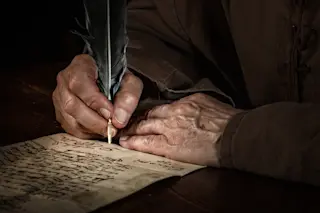Carlton Lee probably contracted hepatitis B when he was a Peace Corps forestry management volunteer in Sierra Leone in the 1980s. His young, vigorous immune system suppressed the initial assault, but the virus hung on tenaciously, a cranky, chronic nuisance living and breeding in his liver, a bomb that could go off at any time, that could cause fatal liver disease. In 1989, despite his own viral death threat--or perhaps because of it--Lee joined the National Commission on AIDS as its chief congressional liaison, the person responsible for representing the commission and its aims up on the Hill. He was so impressed by the activism of people with AIDS, by their aggressive pursuit of experimental treatments, that he decided to take a more vigorous role in the search for a cure for his own illness. Early in 1992 he was accepted into a clinical trial at the National Institutes of ...
The Cure that Killed
FIAU destroyed a deadly virus. Then it began to destroy patients.
More on Discover
Stay Curious
SubscribeTo The Magazine
Save up to 40% off the cover price when you subscribe to Discover magazine.
Subscribe













